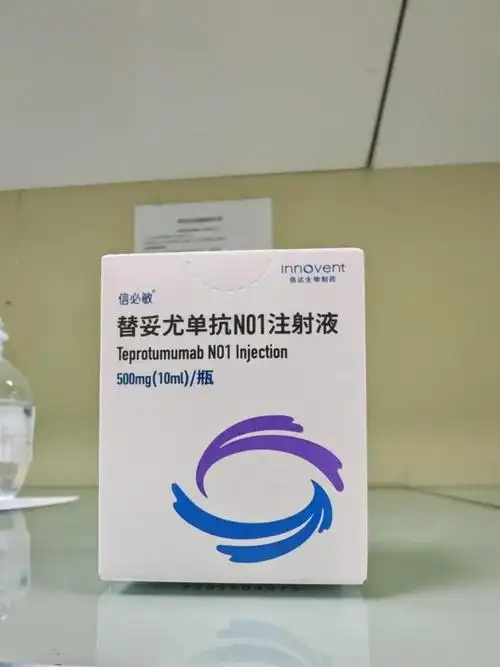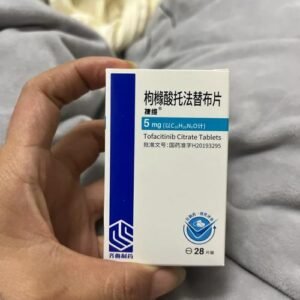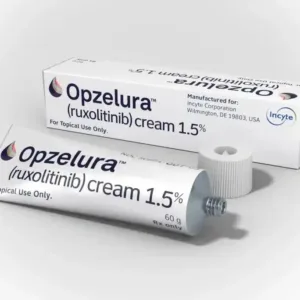Teprotumumab N01. injection 替妥尤单抗注射液
Teprotumumab is a targeted biologic used to treat thyroid-related eye disease (TED). It reduces eye inflammation and tissue proliferation by inhibiting insulin-like growth factor-1 receptor (IGF-1R). It is suitable for patients with moderate to severe active TED and should be used under the guidance of a doctor.
Main information
Indications
Used for active thyroid-related eye disease, especially patients with proptosis, diplopia, impaired vision or eye inflammation. It may not be suitable for inactive or mild symptoms.
Mechanism of action
Blocking the IGF-1R signaling pathway, reducing the release of inflammatory factors and activation of orbital fibroblasts, thereby relieving periocular swelling, pain and proptosis.
How to use
Intravenous infusion is required, once every 3 weeks, usually 8 treatments.
Strictly follow the doctor’s instructions to adjust the dose, and do not change the medication regimen on your own.
Precautions
Contraindications: Contraindicated for those who are allergic to the drug ingredients and pregnant women.
Side effects: Common muscle cramps, nausea, hair loss, hearing loss, etc.; rare hyperglycemia or infusion reactions (such as dyspnea), need to seek medical attention immediately.
Monitoring requirements: Regular blood sugar, hearing and liver function tests are required during treatment.
Medication Guide
It is a prescription drug and must be prescribed by an endocrinologist or ophthalmologist after evaluation. Before treatment, the patient’s medical history (such as diabetes, liver disease) must be fully communicated and the follow-up plan must be followed.
R&D and Progress
This drug is the first targeted therapy for TED, and clinical studies have shown that it can significantly improve symptoms. It is currently being explored for use in other autoimmune diseases, but it is still in the experimental stage.
If TED symptoms occur, it is recommended to see a specialist hospital as soon as possible and have a doctor develop an individualized plan. Avoid stopping the drug on your own or taking other drugs together during treatment to reduce risks.
View more
Share:
Products
Our offers
Health Classification
Let us work together to protect precious health




























